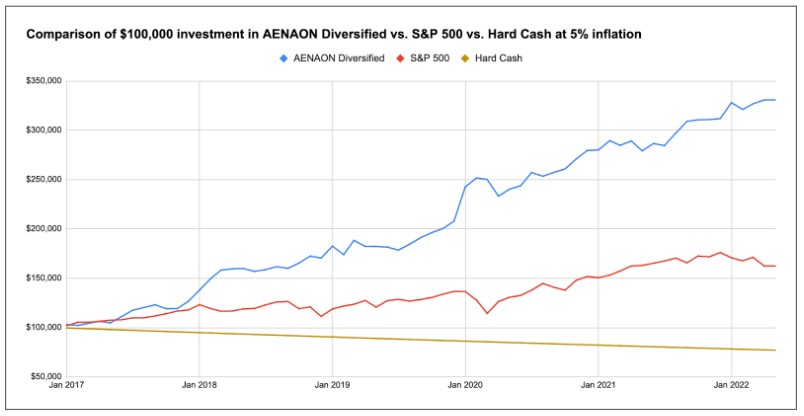Which trading strategies perform best during periods of rapid-fire change?
We bet we know why you’re reading this note and what you’re hoping to get out of spending a few minutes on it. We think we could make good money if we guessed that you’re looking for answers to the same questions everyone has been asking us over the past few months. If you’re a bit curious about what these are, read on…
The most usual questions we get during our investor calls since the start of the year are always the same: “what kind of market is this?” and “what do you do when market conditions change so quickly?”. Investors and money managers alike have been through hell during the previous months, as the confluence of events seen in this period makes small work of any previous market experience or relevant professional knowledge. Sure, there are clear paradigms one can follow to navigate any market regime but those require enough time to deliver returns, and certainly, time is something we lack these days as the markets change tune in rapid-fire succession.
So what kind of strategies should an investor employ at those times? And if they have entrusted their capital to an external asset manager, what kind of returns should they look to get and how? This is a very interesting topic we often come across when we discuss the way we, at AENAON, look at the markets. You see, we employ a different lens to look into how to derive “alpha”, or in simpler terms, a return from the markets.
First of all, our strategies are what we call “market neutral”, hence they don’t depend on a “buy and hold” or “momentum following” methodology that requires a clear direction in the underlying instrument and time to run its course. Having built our models without this requirement allows us to perform in all kinds of conditions, but certainly more when all direction-based strategies suffer. Secondly, we never rely on one, unique “source of alpha” or to simplify again, a singular market idiosyncrasy that we try to benefit from. Actually, we always combine different sources of alpha and different models trying to derive that said return.
To give you an example: our flagship AENAON Syncro Diversified strategy works both on the US equities and Foreign Exchange markets, deploying two distinct market-neutral models that deliver returns regardless of the prevailing direction – and actually perform equally well even when a clear direction is absent. Our strategy has been steadily returning approximately 25% annually over the past 6 years, having gone through a number of geopolitical or macro-economic events when market regimes are changing rapidly – an environment similar to what we’re experiencing right now. Now, comparing that approximate 25% yearly return against a traditional S&P 500 portfolio or a potential 10% devaluation due to inflation, just over the previous 5-year period, the returns would have looked like the below chart:

The difference in the end return is beyond striking and it paints a rather gloomy outlook if projected forward for the next 5 years. Hence, in our recent meetings with investors, our advice is always the same: look to diversify your portfolio but stay away from the typical rebalancing between the traditional “buy and hold” strategies. The reason is that such an approach might overperform any singular equities or bonds holding but in reality, it’s a losing race when compared to absolute return models that will look to extract alpha even during the uncertain times ahead.
If you want to have a more in-depth discussion on how our AENAON Syncro Diversified portfolio succeeds in performing regardless of the prevailing market regime and what our expectations are for the next 2 to 5 years, get in touch with our team and we’ll walk you through every step of our thought process.
You can always review our updated factsheets at the following Fundpeak links, with monthly performance updates and statistics since inception:



